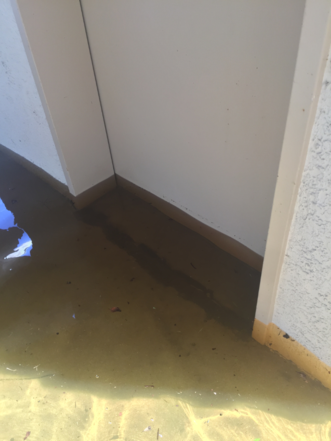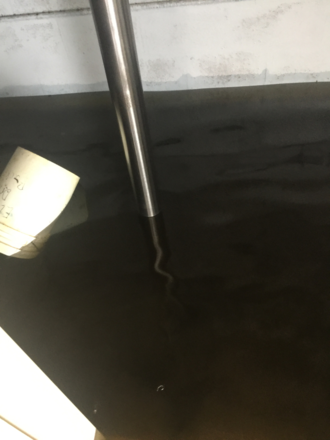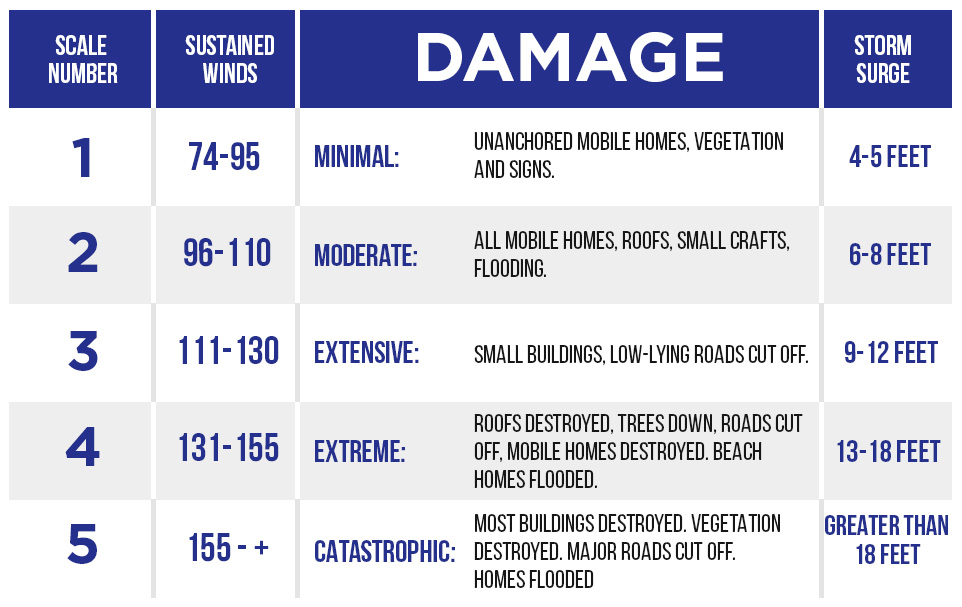PREPARE YOUR ELEVATOR FOR A HURRICANE
Hurricane Preparedness Tips – Elevator Safety
These steps should be taken prior to, during and after a hurricane emergency has been advised for your area.
Clear out gutters, drains and downspouts to prevent an accumulation of rainwater which may cascade to the floors below and find its way into the elevator shafts.
Check all sump pumps, float switches and alarms to ensure proper operation. Please note, not every elevator pit is equipped with float switches or sump pumps, which are usually located in elevators where the buildings are located within a flood zone. This essential device prevents the elevator from operating and sustaining damage in the event of a pump failure and the flooding of the pit. If you are not sure if your elevator is so equipped, please call your elevator contractor.

Elevators should not function during a hurricane emergency.

Water may damage the machinery and passengers can become trapped in the cars during the storm, rescue times may exceed 24hrs or more for persons to be removed from the elevator. Telephones may be inoperative and elevator mechanics may be unable to handle emergencies due to flooded and unsafe roads.
When a hurricane approaches, park the elevator car with the doors fully closed at the top floor so that if an upper floor is flooded, the water will not fall on top of the car and damage its operating panel, door operator, electrical devices and wiring. Elevators that open to the atmosphere should have sandbags placed all along the bottom of all hoistway doors to prevent excess water from penetrating the hoistway.
Pull the disconnect switches in the machine room and close and lock the door to prevent the elevator from operating during a hurricane. Water that may run down, or rising groundwater may fill the elevator pit, causing electrical shortages and a shutdown if the elevator is left running.
Once the hurricane is over, check the elevator machine room, all electrical equipment, hoistways and pits before starting the elevators. If water has affected any of these areas, have your service provider inspect the elevator before placing the elevator back in service. Do not attempt to start the elevator (or call for service) if power has not been completely restored to the building.
The ADA requires reasonable accommodation for people with disabilities. That might include giving people who cannot climb stairs the opportunity to register with building management to ensure that they are notified before the elevators are shut down. Reasonable accommodation might include making tenants with disabilities aware that they can get information about County shelters, including special needs shelters, by calling shelters in their area.
Taking these precautions may prevent long elevator shutdowns, unnecessary elevator repair expenses, inconvenience and personal injury.

